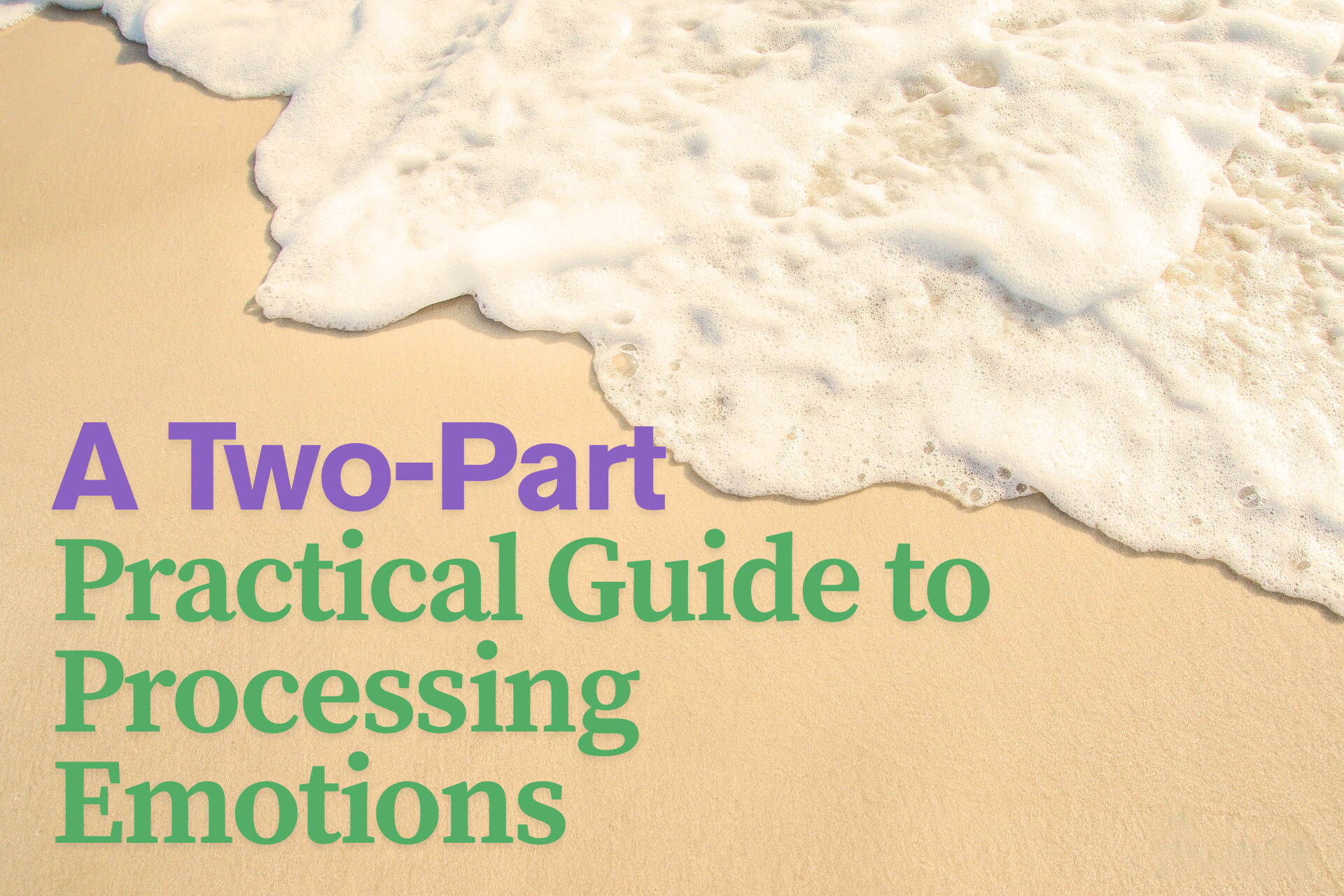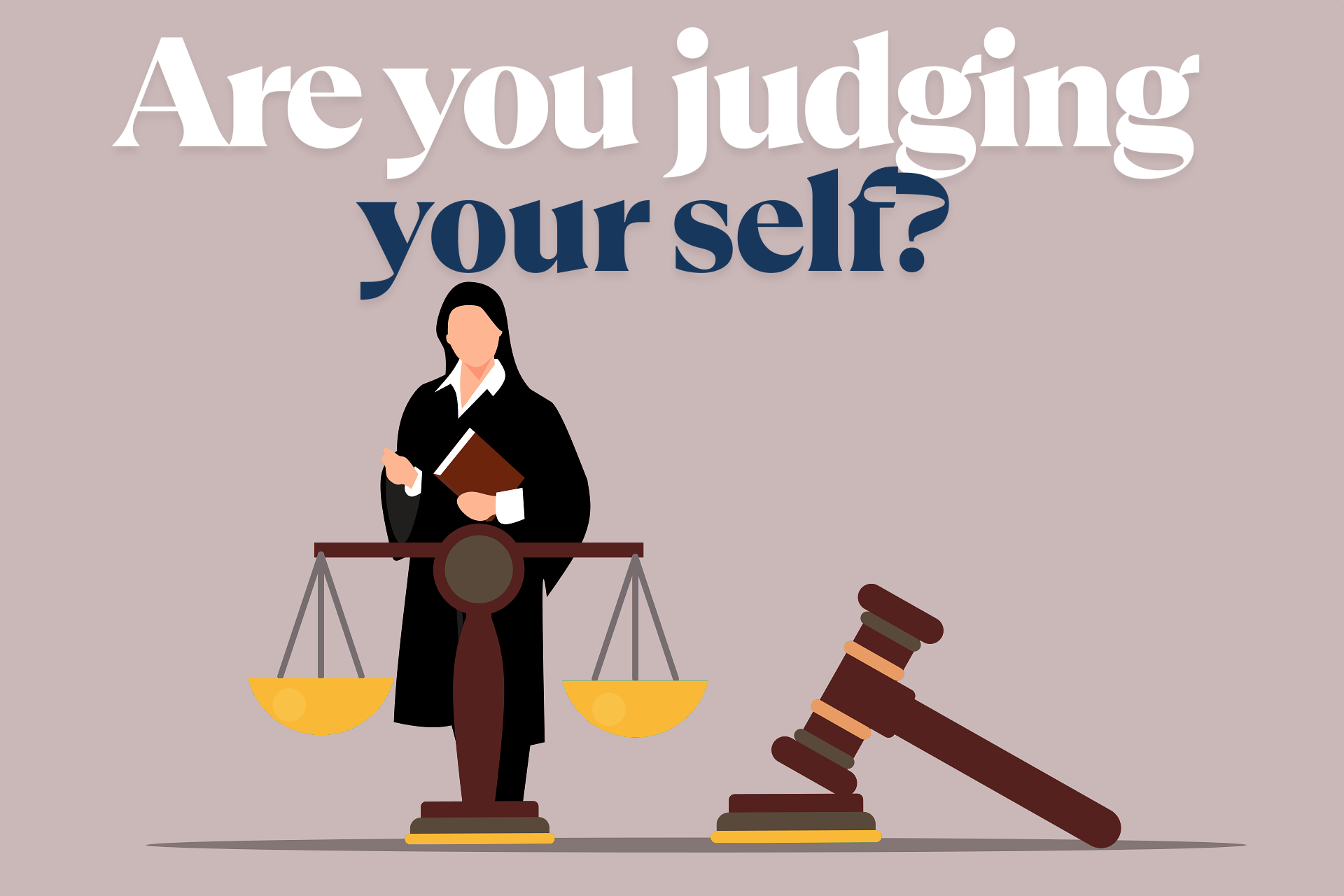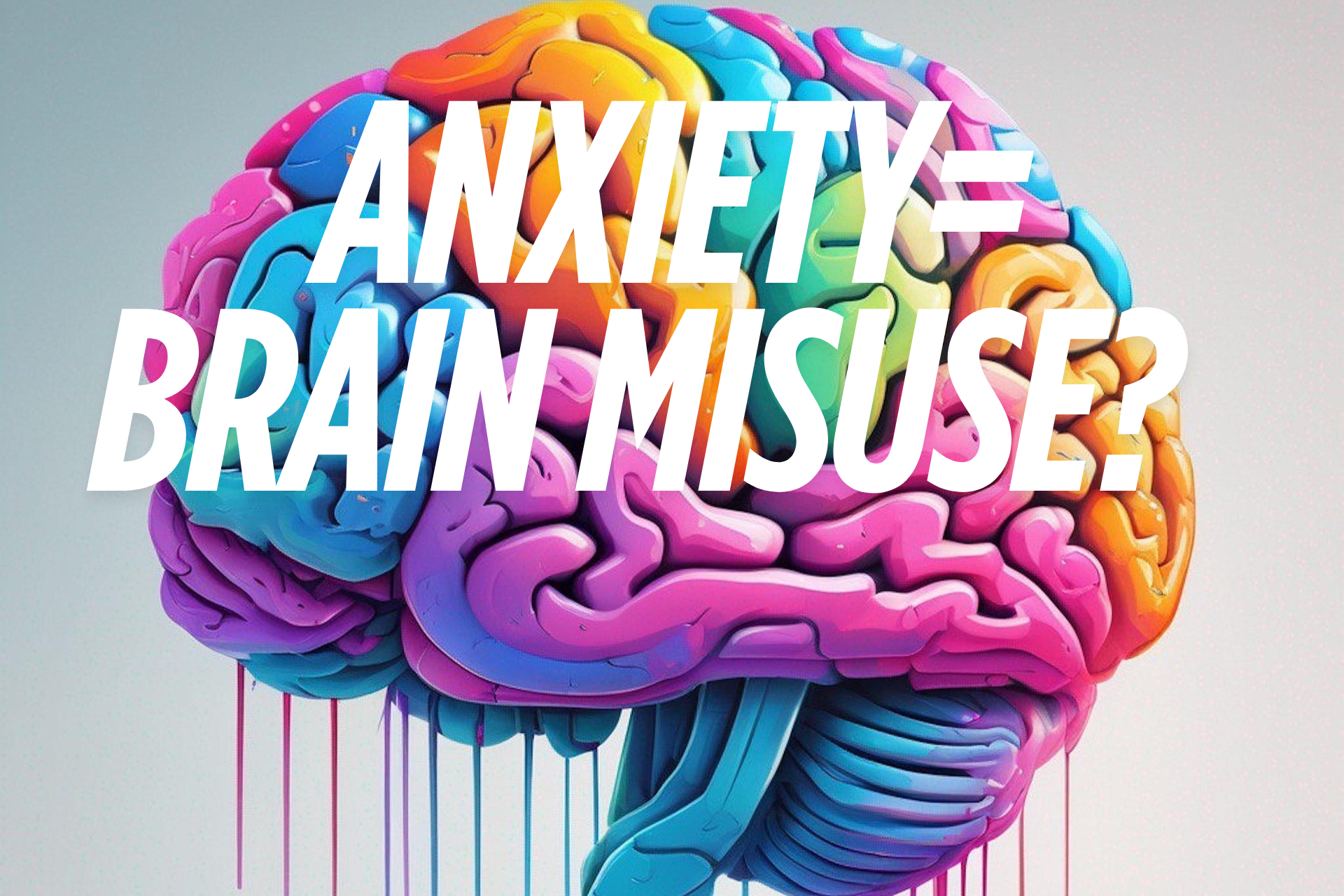
I have covered the importance of self-attunement and attunement from an intimate partner in the previous two blogs. Today, I would like to share a practice you can implement in your everyday life to build self-attunement. This practice has two components, and you can practice each one separately or combine them together. The first part of the practice is to meet yourself—to be able to see and hear yourself. This is one of our most fundamental needs: to be seen and heard by others. The second part of the practice focuses on processing an emotional experience that has arisen for us—digesting an emotion rather than ignoring it or amplifying it with our thoughts.
Let’s dive right in.
FOR THE FIRST PART OF THE PRACTICE, take a moment to check in with yourself. Pause and ask: What emotion or emotions am I experiencing right now?
We can experience more than one emotion at a time. For example, we might feel guilty and angry simultaneously. The goal is simply to name the emotion(s) you experience. Research shows that simply naming an emotion can decrease its intensity. It doesn’t eliminate it, but it makes it a lot more tolerable. If you struggle to identify which emotion is coming up for you, you can use a handout like this one that shows different faces with emotions written underneath. Regularly using such a tool can help widen your emotional vocabulary, making it easier to name your emotional experience.
The second question to ask is: What body sensations accompany this emotion or these emotions? Scan your body and notice if there is any tightness, if your jaw is clenching, or if it is difficult to breathe. If you are new to paying attention to your body and recognizing these sensations, you may find this handout with a list of body sensations helpful.
It is important to practice both questions without judgment. No matter what emotions or sensations arise, we want to observe them without labeling them as bad or good. They might feel pleasant or unpleasant, but neither your emotions nor sensations are inherently bad or good—they are simply signals from your body and brain about your experiences in the world.
Once you have answered these two questions, you have turned toward yourself and practiced self-attunement.

The second part of the practice helps you digest or process an emotion that is coming up. This is especially beneficial if you are experiencing an unpleasant emotion, like anger or fear. Typically, we do not have a problem with feeling pleasant emotions and sensations, though there are exceptions. When something happens and you feel strong emotions, this practice can help you move through the experience in a healthy way. The power of this second part is that instead of ignoring or trying to numb a strong emotional experience, you face it in a strategic way and resolve it, thereby decreasing overall stress.
After naming the emotion and noticing the corresponding sensations in your body, focus further on the sensory experience by concentrating all of your attention on it.
To do this, ask yourself the following questions:
- Where specifically in the body are these sensations? Sometimes, it can be a full-body experience.
- If this sensation had a color, what color would it be? Bright red, glowing yellow, etc.
- What is the shape of this sensation? Is it spherical, amorphous, or rock-like?
- What is the texture of this sensation? Is it pulsating, twitching, or does it have rays?
We want to create a detailed experience of these sensations. Notice that as you go through these questions, your attention stays focused on your body. Typically, when something happens and we become upset, our attention shifts to our thoughts and reflections on the situation. We mull over it, intensifying our emotions and sensations, which can make the experience unbearable and lead us to numb it with food, alcohol, computer games, shopping, or scrolling through social media. In this practice, we do the opposite: we focus on the sensations and, as we observe them, notice that they are tolerable—not scary or overwhelming—much like when you cut your finger. It is unpleasant, but perfectly tolerable.
But the practice is not over. Once you have gone over the above questions, turn your attention to your breathing. Focus on your breath and notice your belly rising as you breathe in, and falling as you exhale. You might want to place your hands on your belly to connect with the sensation of the rise and fall. Take another breath, noticing the movement of your belly. Then, shift your attention back to the sensation in your body. Observe where the sensation is now, what color it is, its shape, texture, and overall intensity. Often, you will notice a shift—if the color and position remain the same, the intensity might decrease. Once you notice this, return your attention to your breathing and take two more focused breaths as described above. Then, again, bring your attention back to the sensation and review all its attributes. You might notice that it has moved to a different part of your body or changed color. Simply observe and then return to taking two more focused breaths, followed by another review of the sensation. Continue oscillating between the two breaths and observing the attributes of the sensation until it resolves or becomes sufficiently lessened.
Congratulations—you have successfully processed your emotion and shifted your nervous system back toward a parasympathetic (rest and digest) state. This is a powerful practice that can help you navigate uncomfortable experiences because you will no longer be drowning in intolerable emotions. Once you process the emotions, you can begin to turn to your thoughts, and from this calmer place, decide how to address the situation that arose. In a parasympathetic state, you have full access to your creative problem-solving abilities!
Happy practicing!
I am here to help you thrive in every relationship – starting with yourself.
Viktoria







